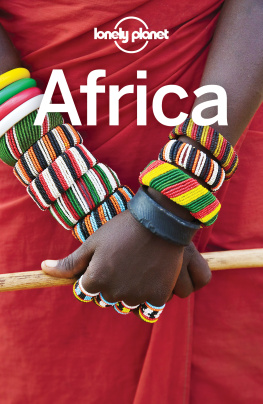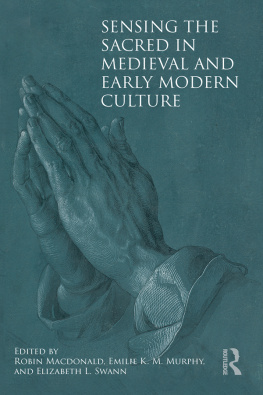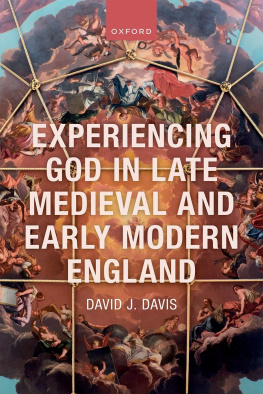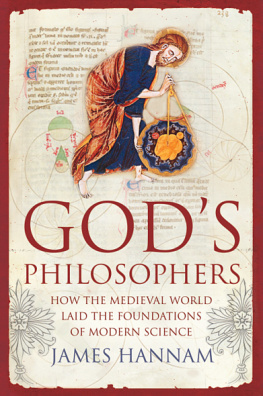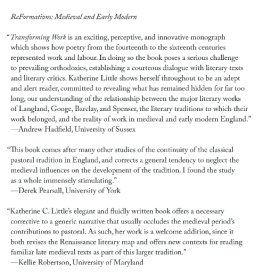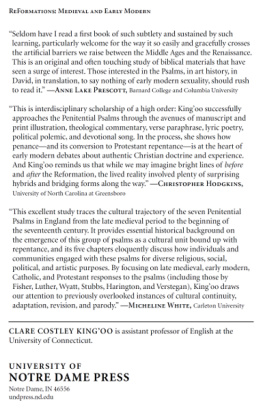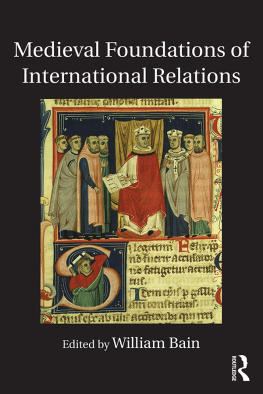coll. - Theatricality and Narrative in Medieval and Early Modern Scotlan
Here you can read online coll. - Theatricality and Narrative in Medieval and Early Modern Scotlan full text of the book (entire story) in english for free. Download pdf and epub, get meaning, cover and reviews about this ebook. year: 0, genre: Religion. Description of the work, (preface) as well as reviews are available. Best literature library LitArk.com created for fans of good reading and offers a wide selection of genres:
Romance novel
Science fiction
Adventure
Detective
Science
History
Home and family
Prose
Art
Politics
Computer
Non-fiction
Religion
Business
Children
Humor
Choose a favorite category and find really read worthwhile books. Enjoy immersion in the world of imagination, feel the emotions of the characters or learn something new for yourself, make an fascinating discovery.

Theatricality and Narrative in Medieval and Early Modern Scotlan: summary, description and annotation
We offer to read an annotation, description, summary or preface (depends on what the author of the book "Theatricality and Narrative in Medieval and Early Modern Scotlan" wrote himself). If you haven't found the necessary information about the book — write in the comments, we will try to find it.
Theatricality and Narrative in Medieval and Early Modern Scotlan — read online for free the complete book (whole text) full work
Below is the text of the book, divided by pages. System saving the place of the last page read, allows you to conveniently read the book "Theatricality and Narrative in Medieval and Early Modern Scotlan" online for free, without having to search again every time where you left off. Put a bookmark, and you can go to the page where you finished reading at any time.
Font size:
Interval:
Bookmark:
Theatricality and Narrative in Medieval and Early Modern Scotland analyses narrative accounts of public theatricality in late medieval and early-modern Scottish culture (pre-1645). Literary texts such as journal, memoir and chronicles reveal a complex spectatorship in which eye witness, textual witness and the imagination interconnect. The narrators represent a broad variety of public actions as theatrical: included are instances of assault and assassination, petition, clerical interrogation, dissent, preaching, play and display, the performance of identity and the spectatorship of tourism. Varying influences of personal experience, oral tradition, and existing written record colour the narratives.
Discernible also are those rhetorical and generic forms which witnesses employ to give a comprehensible shape to events. Narratives of theatricality prove central for understanding early Scottish culture since they record moments of contact between those in power and those without it; they show how participants aimed to influence both present spectators and the witness of history; they reveal the contested nature of ambiguous public genres, and they point up the pleasures and responsibilities of spectatorship. McGavin demonstrates that early Scottish culture is revealed as much in its processes of witnessing as in that which it claims to witness. Although the books emphasis is on the early modern period, its study of chronicle narratives takes it back from the period of their composition (predominantly 15th and 16th century) to earlier medieval events.
John J. McGavin teaches in the School of Humanities at the University of Southampton, UK.
Helen Ostovich, McMaster University
Performance assumes a string of creative, analytical, and collaborative acts that, in defiance of theatrical ephemerality, live on through records, manuscripts, and printed books. The monographs and essay collections in this series offer original research which addresses theatre histories and performance histories in the context of sixteenth and seventeenth century life. Of especial interest are studies in which womens activities are a central feature of discussion as financial or technical supporters (patrons, musicians, dancers, seamstresses, wigmakers, or gatherers), if not authors or performers per se. Welcome too are critiques of early modern drama that not only take into account the production values of the plays, but also speculate on how intellectual advances or popular culture affect the theatre.
The series logo, selected by my colleague Mary V. Silcox, derives from Thomas Combes duodecimo volume, The Theater of Fine Devices (London, 1592), Emblem VI, sig. B. The emblem of four masks has a verse which makes claims for the increasing complexity of early modern experience, a complexity that makes interpretation difficult. Hence the corresponding perhaps uneasy rise in sophistication:
Masks will be more hereafter in request,
And grow more deare than they did heretofore.
No longer simply signs of performance in play and jest, the mask has become the double face worn in earnest even by the best of people, in order to manipulate or profit from the world around them. The books stamped with this design attempt to understand the complications of performance produced on stage and interpreted by the audience, whose experiences outside the theatre may reflect the emblems argument:
Most men do use some colourd shift
For to conceal their craftie drift.
Centuries after their first presentations, the possible performance choices and meanings they engender still stir the imaginations of actors, audiences, and readers of early plays. The products of scholarly creativity in this series, I hope, will also stir imaginations to new ways of thinking about performance.
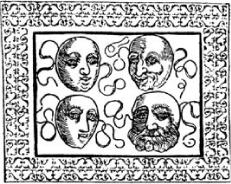
For Joan
JOHN J. MCGAVIN
University of Southampton, UK
ASHGATE
John J. McGavin 2007
All rights reserved. No part of this publication may be reproduced, stored in a retrieval system or transmitted in any form or by any means, electronic, mechanical, photocopying, recording or otherwise without the prior permission of the publisher.
John J. McGavin has asserted his moral right under the Copyright, Designs and Patents Act, 1988, to be identified as the author of this work.
Published by
Ashgate Publishing Limited
Gower House
Croft Road
Aldershot
Hampshire GU11 3HR
England
Ashgate Publishing Company
Suite 420
101 Cherry Street
Burlington, VT 05401-4405
USA
Ashgate website: http://www.ashgate.com
British Library Cataloguing in Publication Data
McGavin, John J., 1950
Theatricality and narrative in medieval and early modern Scotland. (Studies in performance and early modern drama) 1. Rhetoric Social aspects - Scotland History 2. Rhetoric Political aspects Scotland History 3. Narration (Rhetoric) History 4. Rhetoric, Renaissance Scotland 5. Rhetoric, Medieval Scotland 6. Scottish drama 16th century History and criticism 7. English drama Scottish authors History and criticism 8. Scotland History Stuarts, to the Union, 13711707 Historiography
I. Title
822.2099411
Library of Congress Cataloging-in-Publication Data
McGavin, John J., 1950
Theatricality and narrative in medieval and early modern Scotland / by John McGavin.
p. cm. (Studies in performance and early modern drama)
Includes bibliographical references and index.
ISBN 978-0-7546-0794-6 (alk. paper)
1. Scottish drama To 1500 History and criticism. 2. Scottish drama 17th century History and criticism. 3. Scottish drama 18th century History and criticism. 4. English drama Scottish authors History and criticism. 5. Theater Scotland History. I. Title.
PR8585.M37 2007
822.0099411 dc22
2006025832
ISBN: 978-0-7546-0794-6
ISBN: 978-1-4094-8977-1 (ebk-ePUB)
Printed and bound in Great Britain by MPG Books Ltd. Bodmin, Cornwall.
It is a pleasure to thank the many organizations and individuals who have helped me to bring this book to publication. It could not have appeared without their assistance, and they have a share of whatever is good in it.
At the University of Southampton, my colleagues in English have been unfailingly supportive, but I would like to mention in particular: Wendy Allanach, Anne Homan, Janet Jackson and Pam Powell, who were a formidable administrative and clerical team while I was head of department, making it possible for some of the work on the book to be carried out at a time which is not often associated with literary creativity. My close colleague and friend, Bella Millett, as will be evident from the text itself, has contributed invaluable translation, ideas and references, and has characteristically done so as if they were my own aperus or simply ways of filling in a vacant 20 minutes for her. Alastair Duke kindly gave me sets of Calderwoods History and the Acts and Proceedings of the early General Assembly of the kirk of Scotland, which were not available in Southampton, thus saving me considerable time, effort and expense.
Ideas central to this book were first given an airing at the University of Southamptons Centre for Antiquity and the Middle Ages, the Medieval English Theatre conference, the International Medieval Congress at the University of Leeds, the Department of Scottish History and Centre for Renaissance Studies at the University of Glasgow, the Department of Scottish History at the University of Edinburgh, the Triennial International Conference on Medieval and Renaissance Scottish Language and Literature at Brock University, Canada, and the Centre pour les tudes suprieures de la Renaissance, Universit Franois Rabelais Tours. I am grateful to those who gave me the opportunity to speak, and to those who attended and improved the ideas by their comments and questions.
Font size:
Interval:
Bookmark:
Similar books «Theatricality and Narrative in Medieval and Early Modern Scotlan»
Look at similar books to Theatricality and Narrative in Medieval and Early Modern Scotlan. We have selected literature similar in name and meaning in the hope of providing readers with more options to find new, interesting, not yet read works.
Discussion, reviews of the book Theatricality and Narrative in Medieval and Early Modern Scotlan and just readers' own opinions. Leave your comments, write what you think about the work, its meaning or the main characters. Specify what exactly you liked and what you didn't like, and why you think so.




